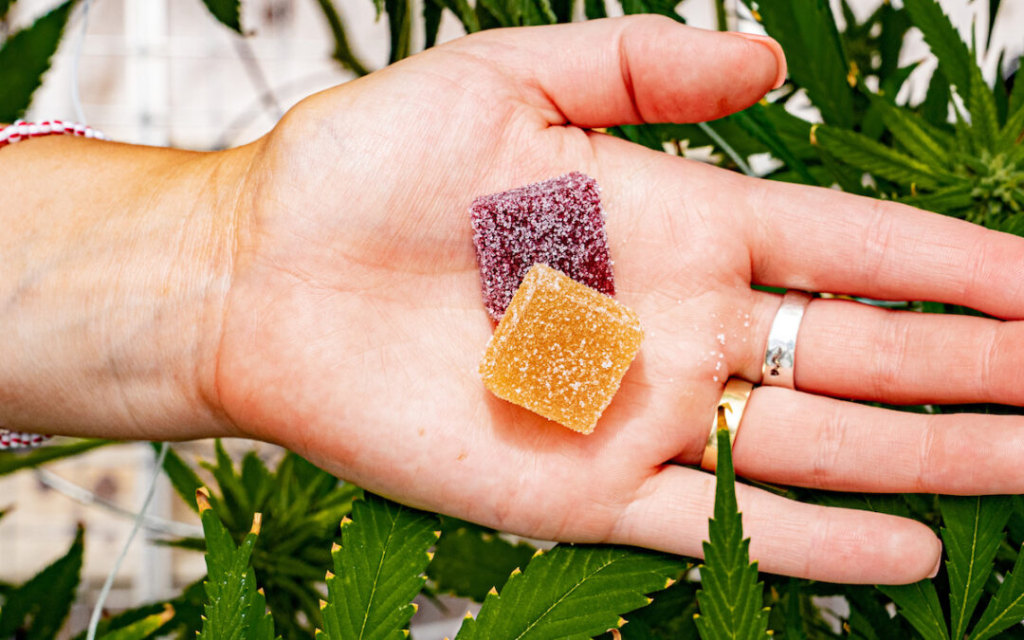

Edibles are a major segment of the legal cannabis market. Cannabis-infused foods and drinks provide a tasty, convenient, and discreet weed. While edibles are now produced commercially on a large scale, many enthusiasts still prefer to at home. Crafting the perfect edibles takes some cannabis cooking skills.
Decarboxylation – Activating THC
The first step in any weed edibles recipe is decarboxylation, which activates the THC. Raw cannabis contains THCA which converts to psychoactive THC when heated. To decarb, break cannabis buds into small pieces and spread them evenly on a baking sheet. Bake at 240°F for 40-60 minutes until lightly toasted. The buds turn from green to light moisture leaves and THCA transforms to THC.
Infused oils and butters
The easiest way to add cannabis into recipes is by infusing it into cooking fats. Butter and oils extract cannabinoids and act as a carrier when baking or cooking.
- Butter – Grind decarbed buds finely and combine with melted butter at a 1:1 ratio. Simmer the mixture gently for 2-3 hours, stirring occasionally. Strain through cheesecloth then refrigerate until solid.
- Oils – Follow the same steps using oils like olive, coconut, or avocado instead of butter. Oils allow for higher extraction efficiency and a cleaner flavor.
This infused butter or oil provides THC/CBD potency for any following recipe. A standard dose is 5-10mg of THC. When using infused butter in baking, the THC retains potency at oven temps under 300°F. Now let’s explore some classic edible recipes.
Potent pot brownies
A homemade cannabis classic, pot brownies provide a delicious and intense body high. Follow any standard brownie recipe using infused butter or oil. Popular options include:
- Fudgy brownies – For intense chocolate decadence
- Blonde brownies – Using brown sugar instead of cocoa powder
- Red velvet – With cream cheese swirl for extra richness
- Turtle brownies – Topped with caramel and pecan pieces
Cut brownies into bite-size pieces with standardized THC amounts. Letting them cool completely prevents uneven distribution.
Gooey weed gummies
Gummies are one of the hottest edibles on dispensary shelves. The flexible jiggly texture and candy-like flavors make for an appealing edible experience.
- Make a flavored gelatin as the base following package instructions. Try citrus, berry, tropical, or other fruit flavors.
- Mix in infused coconut oil or lecithin for full cannabinoid extraction.
- Distribute liquid gelatin into molds using a dropper. Let solidify fully in the fridge.
- Coat the gummies in sugar or citric acid for taste and texture.
- Customize gummy flavors, colors, dosages, and shapes for your perfect creation.
Commercial edibles manufacturing
While home baking is fun, commercial edibles kitchens take manufacturing to the next level. State-licensed facilities use precision technology to produce shelf-stable, consistent edibles at scale. Here’s an inside look at the commercial tech:
- CO2 extraction systems cleanly remove cannabinoids from plant material for purity and high concentrations.
- Industrial mixers evenly blend oils or butters into batter for standardized dosing.
- Automated production lines squirt gummies and chocolates into molds for speed and accuracy.
- Commercial dehydrators or ovens decarb mass quantities of cannabis flower.
